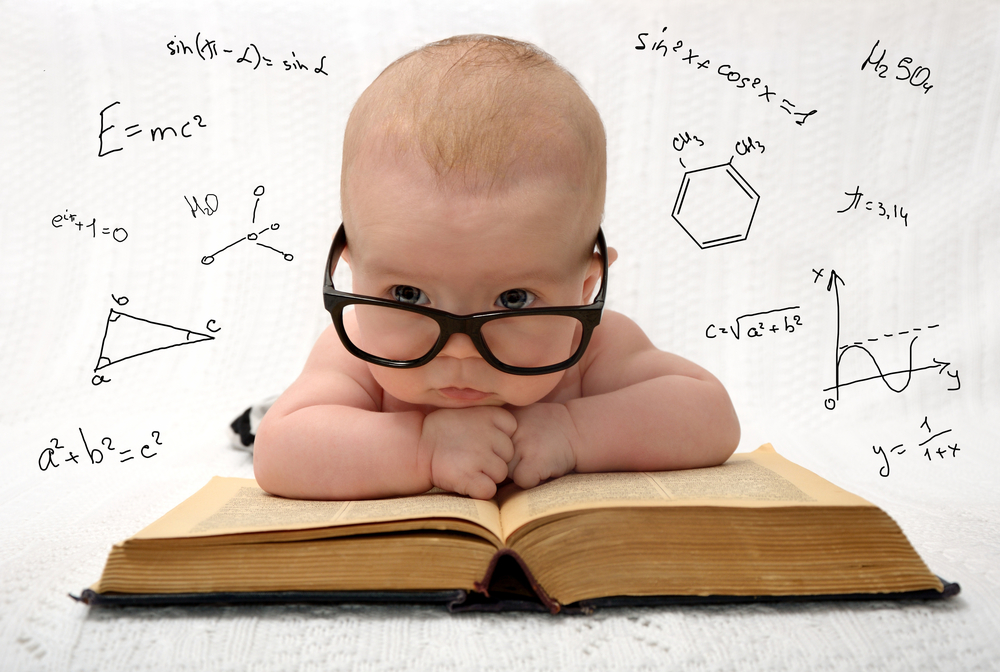EYE HEALTH FOR CHILDREN
When my baby is born, how does their vision work?
Babies are not born with vision abilities at the level of children or adults.
Just as babies learn to walk and talk after birth, they also learn to see and make sense of what they see in the 6 to 8 months following birth.
For the development of healthy vision, there should be no anatomical or functional problems with the eye organ. Light should pass through the transparent layers of the eye, reach the retina, which is the nerve layer at the back of both eyes, and be transmitted to the visual center in the brain through a healthy pathway. The brain should develop to interpret this signal. Any disruption in any step of this mechanism will hinder the healthy development of a baby’s vision.
When a baby is born, they cannot see their surroundings clearly. Their eye muscles are not developed enough to move their eyes both to the right and left simultaneously and focus on objects. They can only see objects approximately 30 cm away and can briefly focus on them.
Within the first 4 months, babies learn to move their eyes together, focus on objects, and follow them, which contributes to the development of their vision. They begin to distinguish between different colors during this period, and bright objects with vibrant and mixed colors catch their attention. Between 5 and 8 months of age, their eye coordination becomes complete, allowing them to experience a sense of depth, which we can call 3D vision. With the development of this depth perception, babies become inclined to reach out to the objects they see. By the 9th month, a baby’s visual acuity reaches a level of 20/200 to 20/400. With the development of depth perception and the ability to perceive the environment as clear instead of blurry, they almost reach the level of adults.
When should I schedule my baby’s first eye examination?
The first eye examination for a baby should be conducted by an eye doctor during the newborn period. During this period, it is essential to determine whether the pathway of light, known as the visual axis, from the entry of light into the eye to the nerve layer at the back of the eye (retina), is open or not for the healthy development of vision. The first examination aims to confirm the anatomical normalcy of all intraocular structures. Conditions that need to be detected early during the newborn eye examination include congenital eyelid drooping (congenital ptosis), masses that obstruct the opening of the eyelids, congenital corneal abnormalities, congenital cataracts, congenital diseases affecting the retina (the nerve layer at the back of the eye), and congenital high eye pressure. To ensure that the newborn eye examination is performed properly and that structural problems are not overlooked, it is crucial to widen the baby’s pupils with eye drops. The second eye examination for the baby should be performed between 6 to 8 months, evaluating whether the eyes move in coordination, whether the baby can focus on objects, and whether they can follow objects. During this examination, the main aim is to assess whether the baby’s visual function is developing appropriately for their age. The presence of nystagmus, which are involuntary and jerky eye movements, is not a desirable condition and should be evaluated. Detecting eye deviation or strabismus during this period will prevent the development of depth perception, and if the deviating eye cannot focus and learn to see, it may become lazy or amblyopic in later years. Early detection and treatment of eye deviations are essential for preventing vision loss.
Evaluating visual acuity is different from an eye examination. Starting from the age of 2, eye doctors should investigate the presence of refractive errors (astigmatism, hypermetropia, myopia) in children using eye drops. Visual acuity testing should be performed on all children before the age of 5. Undetected refractive errors can lead to the eye not being able to learn to see and the incomplete development of visual acuity.
During every examination, the retina layer at the back of the eye should always be evaluated by an eye doctor in terms of diseases specific to early childhood.

